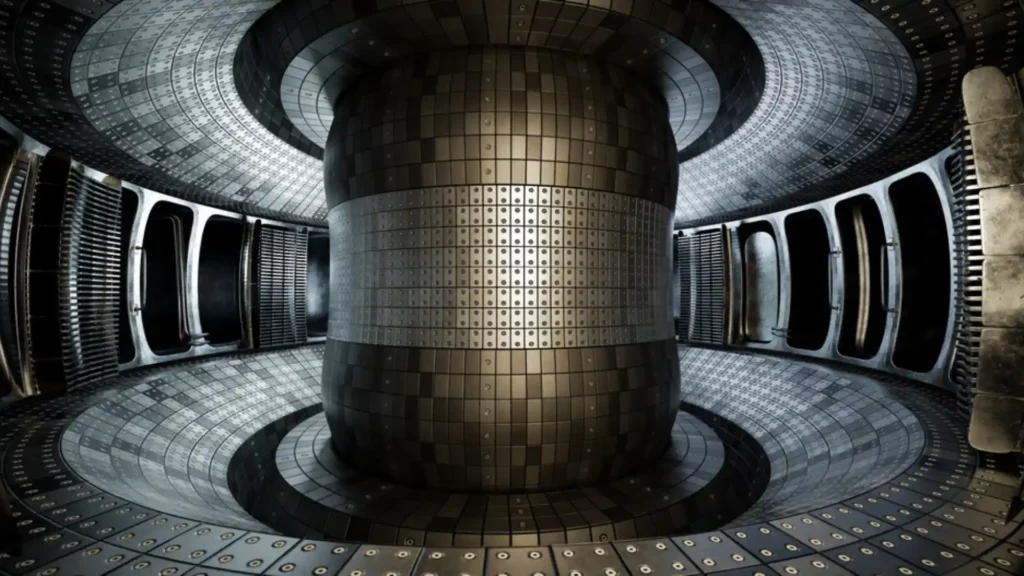South Korean researchers have used the Korea Superconducting Tokamak Advanced Research (KSTAR) device, a nuclear fusion reactor that functions as an “Artificial Sun.”
At seven times the temperature, this is not far from the Sun’s core, around 15 million degrees Celsius
South Korean researchers have used the Korea Superconducting Tokamak Advanced Research (KSTAR) device, a nuclear fusion reactor that functions as an “Artificial Sun,” to break a new world record. A reliable news source reported that the team experimented between December 2023 and February 2024, producing plasma temperatures of 100 million degrees Celsius for 48 seconds. The temperature of the Sun’s core, which is 15 million degrees Celsius, is seven times higher than this.
The previous record for the facility was for only about 30 seconds. This was established in 2021. Si-Woo Yoon, director of KSTAR Research Centre, stated that thorough hardware testing and campaign preparation had enabled them to achieve results. The results surpassed those of the previous KSTAR records in a short period of time. This was said to be their first experiment run
in the environment of the new tungsten diverters.
Challenges in Maintaining High Plasma Temperatures
Because of “the unstable nature of the high-temperature plasma,” it was difficult to extend the period spent at that temperature. Thus, Mr. Yoon called the new record a significant milestone. Furthermore, he said that by 2026, scientists plan to maintain plasma temperatures of 100 million degrees Celsius for 300 seconds.
The development of the world’s largest tokamak, the International Thermonuclear Experimental Reactor (ITER) in southern France, which intends to show the feasibility of fusion energy, is expected to be greatly aided by the achievements made in South Korea. ITER is a type of international nuclear fusion research and engineering megaproject aimed at creating energy through a fusion process close to that of the Sun. It is based in Saint-Paul-lès-Durance, South France.
Nuclear fusion is the process of fusing two atoms to release enormous amounts of energy in an attempt to mimic the reaction that powers the sun and other stars. Fusion can produce endless energy without emitting carbon dioxide that warms the planet.
The most popular method of producing fusion energy is a tokamak, a doughnut-shaped reactor where hydrogen variations are heated to extremely high temperatures to produce plasma. The future of nuclear fusion reactors depends on high-temperature, high-density plasmas that allow for long-duration reactions.
Scientists Target Commercial Fusion Energy
By making adjustments to the procedure, such as substituting tungsten for carbon in the “diverters” that draw out heat and contaminants from the fusion reaction, the KFE scientists claimed to have been able to prolong the reaction time. Mr. Yoon stated that this will be very
beneficial in ensuring that ITER operates as expected on schedule and in advancing the commercialization of fusion energy.
This statement comes after a string of achievements in the field of fusion research, such as a record-breaking fusion energy output near Oxford, England, and a successful reaction at the National Ignition Facility in the United States that produced greater energy than was used to power it.
This significant achievement also marks the beginning of the process towards nuclear fusion producing clean, inexhaustible energy and lays the way for ITER, the largest fusion experiment in history.
